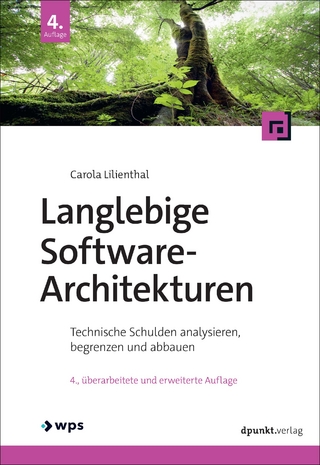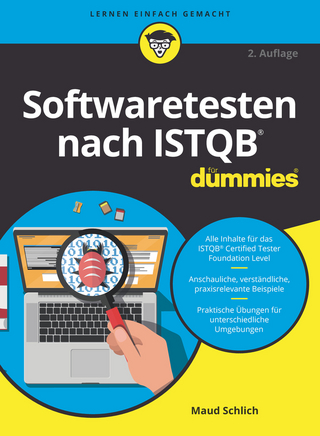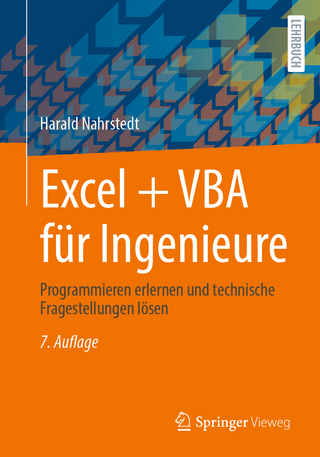
Software Product Lines
Springer Berlin (Verlag)
978-3-540-33252-7 (ISBN)
Product Line Management.- A Scenario-Based Method for Software Product Line Architecting.- Strategic Scenario-Based Valuation of Product Line Roadmaps.- Experiences and Expectations Regarding the Introduction of Systematic Reuse in Small- and Medium-Sized Companies.- Product Line Requirements Engineering.- Capturing Product Line Information from Legacy User Documentation.- Scenario-Based Application Requirements Engineering.- Consolidated Product Line Variability Modeling.- Product Line Architecture.- Dealing with Architectural Variation in Product Populations.- A Software Product Line Reference Architecture for Security.- Architecture Reasoning for Supporting Product Line Evolution: An Example on Security.- A Method for Predicting Reliability and Availability at the Architecture Level.- Product Line Testing.- Product Line Use Cases: Scenario-Based Specification and Testing of Requirements.- System Testing of Product Lines: From Requirements to Test Cases.- The ScenTED Method for Testing Software Product Lines.- Specific Product Line Engineering Issues.- Incremental Systems Integration within Multidisciplinary Product Line Engineering Using Configuration Item Evolution Diagrams.- Software Product Line Engineering with the UML: Deriving Products.- Evaluation Framework for Model-Driven Product Line Engineering Tools.
From the reviews:
"This book is a highly valuable resource for educators, researchers, and practitioners; it synthesizes the results of the work done by a group of European companies, research institutes, and universities on EUREKAITEA projects ... on the topic of product-line engineering. The book will also help managers and decision makers planning to adopt product-line engineering practices at their companies gain insight into the effort involved." (Raghvinder Sangwan, ACM Computing Reviews, Vol. 49 (4), April, 2008)
| Erscheint lt. Verlag | 22.8.2006 |
|---|---|
| Zusatzinfo | XXXIV, 635 p. 251 illus. |
| Verlagsort | Berlin |
| Sprache | englisch |
| Maße | 155 x 235 mm |
| Gewicht | 1062 g |
| Themenwelt | Mathematik / Informatik ► Informatik ► Software Entwicklung |
| Schlagworte | Application Engineering • Commercial-off-the-Shelf Systems • COTS Components • Design • Development • documentation • Domain Engineering • Modeling • organization • Productivity • Requirements Engineering • Software • software architecture • software components • Software Engineering / Softwareentwicklung • Softwareentwicklung • Software Families • Software Product Lines • Software Reuse • Software Testing • Software Variability • structured analysis • Technology Roadmap • Testing • unified modeling language (UML) |
| ISBN-10 | 3-540-33252-9 / 3540332529 |
| ISBN-13 | 978-3-540-33252-7 / 9783540332527 |
| Zustand | Neuware |
| Haben Sie eine Frage zum Produkt? |
aus dem Bereich


